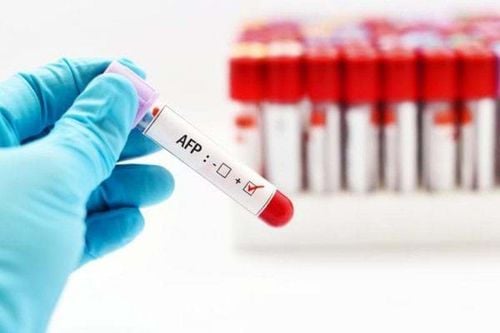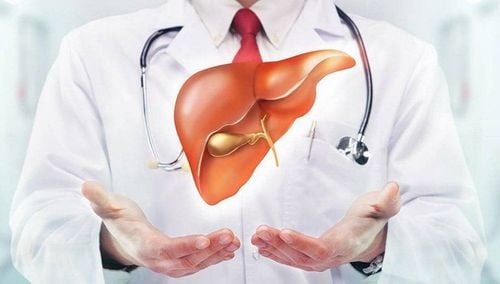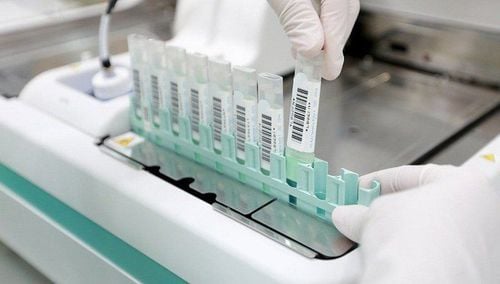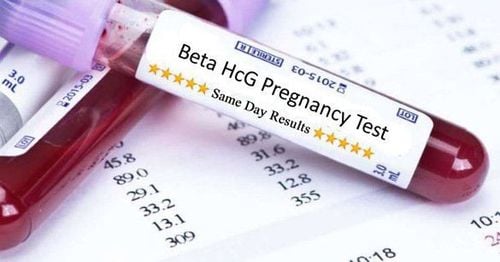This is an automatically translated article.
Cyclosporine quantification is a 2-step immunoassay for the quantitative determination of cyclosporine in whole blood. The results of the chemiluminescence reaction will be expressed in equivalent light units (RLU). In case there is an inverse correlation between the amount of cyclosporine in the sample and the RLUs, it will be detected by the optics in the instrument.
1. What is Cyclosporine?
Cyclosporine is a cyclic peptide chain, Cyclosporine is derived from fungi, so it is a strong immunosuppressant.
Typically, Cyclosprine is used as a first-line agent in anti-rejection therapy for solid organ transplantation. The primary anti-rejection is the result of a mismatch of the metabolic T-cell receptor of the IL-2 gene. Quantitative cyclosporine therapy also helps to improve the life-saving process of heart, liver and kidney transplant patients.
2. Cyclosporine test meaning
Cyclosporine is a substance that can be absorbed intravenously or orally. Gastrointestinal absorption will often result in changes and abnormalities in bioavailability during treatment, with therapeutic dose tapering to achieve stable blood concentrations of cyclosporine.
Cyclosporine will be eliminated mainly through hepatic metabolism; Preliminary data suggest that the immunosuppressive metabolite of cyclosporine is less or less toxic than the parent compound. Many drugs will also affect blood levels of cyclosporine by interfering with metabolism, drug metabolism, or it will affect its absorption. Therefore, the blood test for cyclosporine will help:
Assess the concentration of cyclosporine in the blood, thereby helping to adjust the dose for the patient in the most appropriate way, avoiding ineffectiveness due to insufficient dose or toxicity due to Overdose. However, the Cyclosporine assay is a 2-step immunoassay for the quantification of cyclosporine in whole blood, therefore, prior to machine analysis, a manual pretreatment step should be performed with lysed whole blood samples. with dissolution reagent, extract with precipitation reagent and centrifuge.
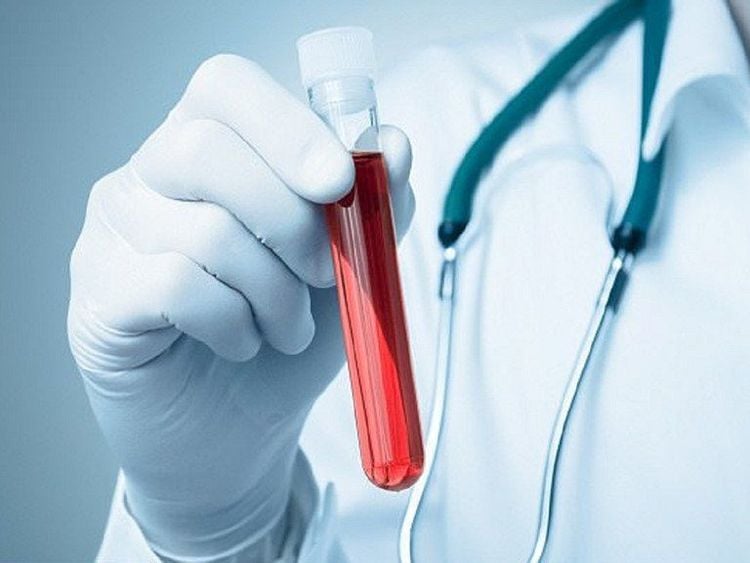
Xét nghiệm Cyclosporine là xét nghiệm miễn dịch 2 bước để định lượng cyclosporine trong máu toàn phần
3. Cyclosporine blood test procedure
Step 1: Explain to the patient the purpose of taking blood for the Cyclosporine test. Prepare the necessary tools and materials for this test. Step 2: Use the whole blood sample collected in the EDTA tube for this test. Indicate the time of sampling and the last use of Cyclosporine on the sample container carefully. Liquid anticoagulants can dilute the patient's blood sample, thereby leading to a decrease in the patient's cyclosporine concentration, so this should be taken into account. Step 3: Mix each specimen, standard, or control by gently inverting the sample tube 5 to 10 times. Since whole blood samples take longer, mixing will take longer. To ensure that the sample is properly mixed, visual inspection is recommended. Step 4: Accurately aspirate 200μL of each sample into an XSYSTEMS Centrifuge Tube immediately after mixing. Each patient sample must use a different tube, and each aspiration must use a new cone, but do not wipe the tip nor reuse the cone for repeated runs. Step 5: For each centrifuge tube, it is necessary to add 100μL of ARCHITECT Cyclosporine Whole Blood Solubilization reagent, taking care to let the tip of the cone touch the wall of the centrifuge tube. Then again add 400 μL of ARCHITECT Cyclosporine Whole Blood Precipitation reagent to each centrifuge tube, the cone tip should be touching the wall of the tube. Cyclosporine Whole Blood Precipitation Reagent is a very volatile substance, so when not in use, close the cap tightly to prevent evaporation. Step 6: With all centrifuge tubes after adding ARCHITECT Cyclosporine Whole Blood Precipitation Reagent, it is necessary to cover all centrifuge tubes and mix with Vortex for 5 to 10 seconds to mix. Shake mixing should be maximum and then visual inspection to ensure that the sample mixture with precipitate and dissolved reagents has been homogenized. Step 7: Centrifuge the tubes for 4 min at a centrifugation speed of 13 000 rpm. Then uncap each tube and decant the supernatant into the Transplant Pretreatment Tube ARCHITECT iSystem. It is especially important to note that only decanting should be done, not aspirating the supernatant, as this may cloud the precipitate below. Then, shake the Transplant Pretreatment Tube for 5 to 10 seconds. Finally, transfer the Transplant Pretreatment Tube to the ARCHITECT sample holder. Step 8: After completing the preprocessing step, the person performing the sample analysis needs to enter data about patient information as well as order the test into the analyzer or network system. Next, it is necessary to load the patient sample that has just completed the pre-treatment step into the analyzer, then order the machine to analyze that patient sample and wait for the machine to analyze the sample according to its protocol. Then, when the results are available, it is necessary to review and evaluate the results and explain them to the patient. It should be further noted, however, that there is no clear concentration range for cyclosporine treatment in whole blood samples. Therefore, the concomitant use of other immunosuppressants or the type of transplant, time after transplantation and several other factors will influence the clinical status. At the same time, differences in immunosuppression and cyclosporine nephrotoxicity as well as individual sensitivities to other immunosuppressants, type of transplant, time after transplantation, and a Several other factors influence the different requirements for optimizing blood concentrations of cyclosporine.
Therefore, the value of cyclosporine quantification cannot be used as the sole factor in modifying the patient's treatment regimen, but instead requires clinical assessment of the patient before changing the therapeutic dose; Set individual ranges based on clinical experience for each patient.
To get accurate results, patients need to go to a reputable hospital to perform a cyclosporine test. Currently, Vinmec International General Hospital is one of the leading prestigious hospitals in the country, trusted by a large number of patients for medical examination and treatment. Not only the physical system, modern equipment: 6 ultrasound rooms, 4 DR X-ray rooms (1 full-axis machine, 1 light machine, 1 general machine and 1 mammography machine) , 2 DR portable X-ray machines, 2 multi-row CT scanner rooms (1 128 rows and 1 16 arrays), 2 Magnetic resonance imaging rooms (1 3 Tesla and 1 1.5 Tesla), 1 room for 2 levels of interventional angiography and 1 room to measure bone mineral density.... Vinmec is also the place to gather a team of experienced doctors and nurses who will greatly assist in diagnosis and detection. early signs of abnormality in the patient's body. In particular, with a space designed according to 5-star hotel standards, Vinmec ensures to bring the patient the most comfort, friendliness and peace of mind.
Please dial HOTLINE for more information or register for an appointment HERE. Download MyVinmec app to make appointments faster and to manage your bookings easily.





